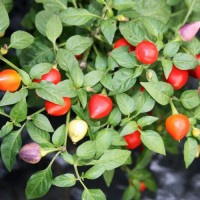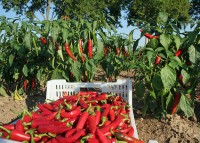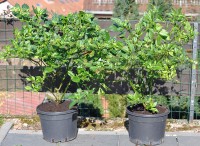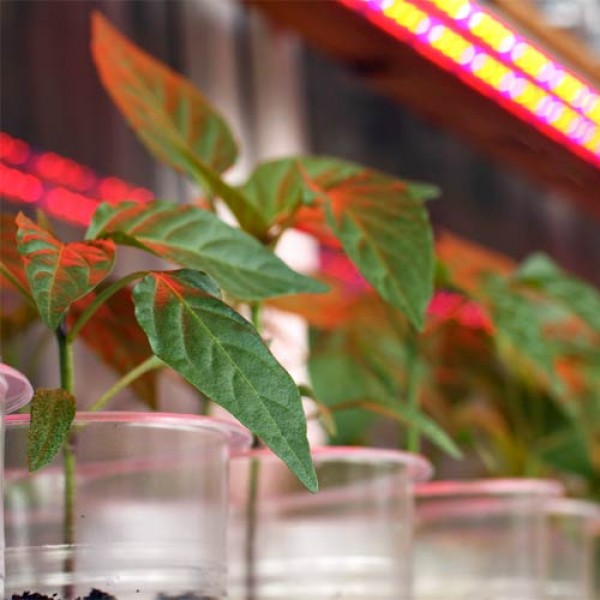
Which light for chilli cultivation?
Plants and light
Light with a spectrum of colours ranging from blue-violet to green and red looks white to the human eye. Plants like this colour combination as well, because photosynthesis mainly happens in the wavelength range from 400 nm (blue-violet) to over 700 nm (dark red). The maximum of photosynthesis is in the blue and yellow-red range.
Nevertheless, plants should not be illuminated with blue or red-yellow light only, but with lamps that give a wide range of light. This produces the best growth results. The colour temperature of the lamps is also important. This is given in Kelvin (K). For a plant lamp, a Kelvin value of at least 5,000 K to approx. 6,500 K is optimal. We see this as daylight white or cool white. 5,500 - 5,800 K corresponds to the brightness of the midday sun. To achieve a daylight spectrum, it does not even have to be a special plant lamp, an LED desk lamp or a photo lamp also reaches this level. However, many hobby gardeners swear by special plant lamps.
Lamps
The lumen value provides information about the intensity of light produced by a lamp. Lux refers to the amount of light reaching a surface. This means the closer an object is to a lamp, the higher the lux value.
In general, the luminous intensity of a lamp quickly reduces with distance. However, some lamps also get hot, so you need to be careful not to get too close to the plants and possibly burn them. So it is important to find a balance between distance and intensity, depending on the type of lamp.
LED lamps
LED lamps proved their efficiency in plant cultivation in the last few years. They have an optimally suitable light spectrum, as they produce many red and blue tones. They also produce very little heat, so they can be placed close to the plants.
Sodium vapour lamps (SVL)
Sodium vapour lamps have a very good luminous efficacy (lumens per watt). The colour spectrum of SVLs is in the yellow-red spectrum, so they produce a lot of heat. They are more suitable for the flowering phase. When using them, it is also important to ensure adequate ventilation.
Energy-saving lamps
They are compact, inexpensive to buy and easy to install, but they are also not very efficient. They are an alternative for individual plants, but generally they produce only unconvincing results in plant lighting. They are best installed to the side of the plants, as this is where they emit the most light.
Fluorescent tubes
Fluorescent tubes are particularly suitable when a larger area needs to be illuminated. This is interesting for growing or overwintering plants. Their cold-white light spectrum is very similar to sunlight and is ideal for plant lighting. In addition, they are inexpensive to buy, have a good light output ratio and produce very little heat.
Reflectors
For optimum light yield, you can install additional reflectors to direct as much light as possible to the plants. This increases efficiency and reduces electricity costs.
Result
It is best to buy a plant lamp with LED lights. These are energy-saving and less expensive. They should have a Kelvin value between 5,000 and 6,500 K. For optimum effect, the plant lamps should be installed as close to the plants as possible. With this lamp, the plants should be illuminated for approx. 14 hours.
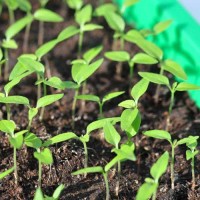 How to germinate chillies
How to germinate chillies 


